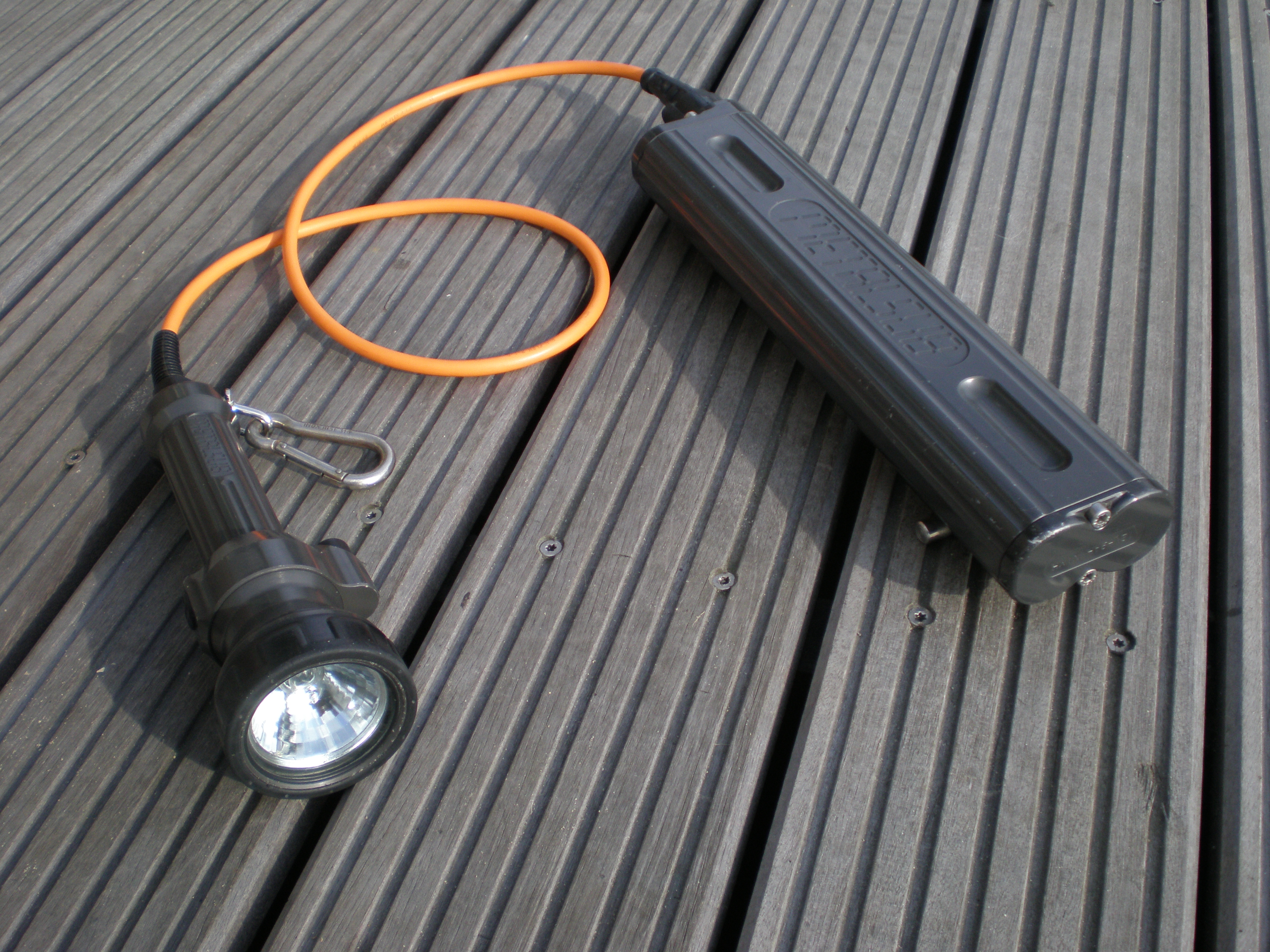Scuba diving
- Introduction to Scuba Diving
- Understanding the Underwater Environment
- Scuba Diving Techniques
- Scuba Diving Equipment in Detail
- Health and Fitness for Scuba Diving
- Advanced Diving Techniques
- Rescue and Emergency Procedures
- Dive Planning and Logistics
- Underwater Photography and Videography
- Specialized Diving
- Career Opportunities in Scuba Diving
- Legal and Ethical Considerations
Advanced Diving Techniques
Preparing for Night Diving: Techniques, Safety, and Marine Life Observation

Underwater diving during the hours of darkness.
Night diving is a unique and exhilarating experience that offers divers a new perspective on the underwater world. As the sun sets, the ocean transforms into a different realm teeming with activity as nocturnal marine life emerges. This article will guide you through the preparation, techniques, safety considerations, and marine life observation involved in night diving.
Preparing for a Night Dive
Preparation is key to a successful night dive. This includes planning your dive during daylight hours, familiarizing yourself with the dive site, and checking your equipment. Special equipment for night diving includes a primary dive light, a backup light, and a tank light or marker to make you visible to your dive buddy.
Techniques for Navigating and Communicating in Low Visibility
Navigating underwater at night can be challenging due to reduced visibility. It's crucial to stay close to your dive buddy and maintain regular contact. Use your dive light to communicate: moving the light in a circular motion indicates everything is okay, while an up and down motion signals a problem.
Observing Nocturnal Marine Life
Night diving offers a unique opportunity to observe nocturnal marine life. Many creatures that hide during the day come out to hunt at night, including octopuses, lobsters, and eels. Use your dive light to spot these creatures, but be careful not to disturb them with the beam.
Safety Considerations Specific to Night Diving
Safety is paramount in night diving. Always dive with a buddy and stay close together. Regularly check your air supply and depth to avoid potential problems. Be aware of your surroundings and avoid straying too far from your entry point.
The Unique Sensory Aspects of Night Diving
Night diving is not just about observing marine life; it's also about experiencing the ocean in a new way. The darkness heightens your other senses, making you more aware of the sounds, sensations, and even tastes of the sea. It's a truly immersive experience that every diver should try at least once.
In conclusion, night diving is a thrilling adventure that offers a fresh perspective on the underwater world. With proper preparation, navigation techniques, and safety measures, you can enjoy the wonders of the ocean after dark.